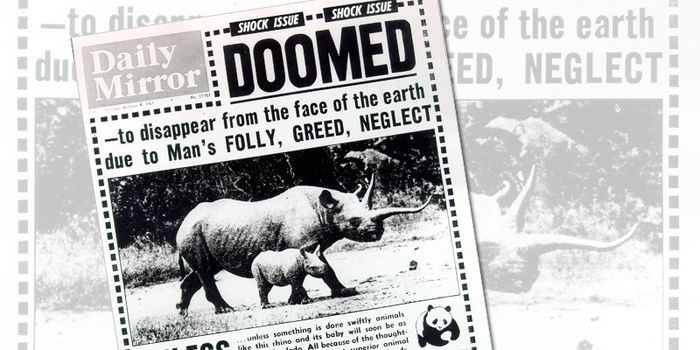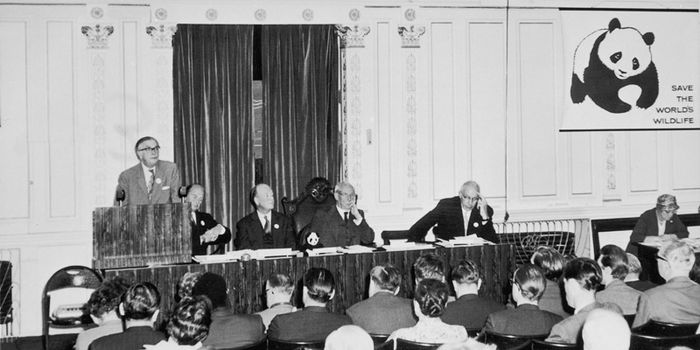From saving rhinos to making provisions for the future for a living planet: Since its foundation in 1961, WWF has consistently expanded its mission. With the help of WWF, around ten million square kilometres of protected areas have been created worldwide – an area larger than Canada or China.
On 9 October 1961 The Daily Mirror shocked the British public with news that rhinos, antelopes and Galapagos turtles are doomed to disappear from the face of the earth, just like the “Dodo”, a legendary giant bird that was exterminated in 1690. The article warned people to change quickly or face the loss of many animals doomed to suffer the same tragic fate.

As a result of this article, the British donated 60,000 pounds to WWF. The organization had been founded only four weeks earlier as an international charity organisation in Switzerland under the name “World Wildlife Fund”. The 16 founders of WWF consisted of scientists, business people and politicians. Their goal was to collect money worldwide for endangered animals andsend courageous environmentalists to the “danger zones of the earth”. Their vision: to create an operations headquarters to stop the destruction of the environment.
The noble intention became a success story. In the first three years, the WWF collected almost 1.9 million US dollars globally. The money was directly forwarded to other organisations. Namely, the World Conservation Union IUCN and the “Charles Darwin Foundation” on the Galapagos Islands benefited from this financial support.

WWF Germany was founded in 1963 with 85,000 Deutsche Mark in capital. The funding was used for the establishment of the Garoua Gamekeeper School in Cameroon to ensure long-term conservation. It was also provided to environmentalists for immediate aid in emergencies. Early WWF employees volunteered their time to save Northern European birds of prey, to protect Lake Neusiedl in Austria or the Serengeti in East Africa. Employees also dedicated their time to preserving the Java rhinos in the Indonesian sanctuary of Udjung Kulon, for Philippine eagles in the Philippines and vicuñas in the South American High Andes.
In 1968 WWF Germany helped to save the last white-tailed eagles from extinction from 1968 onwards. In the seventies the organisation took a turn and established project planning with environmental education and political lobbying. Following their change in strategy the organization successfully launched the first major six year tiger protection project and the established nine tiger sanctuaries in 1973 with the support of the Indian government under head of state Indira Gandhi.